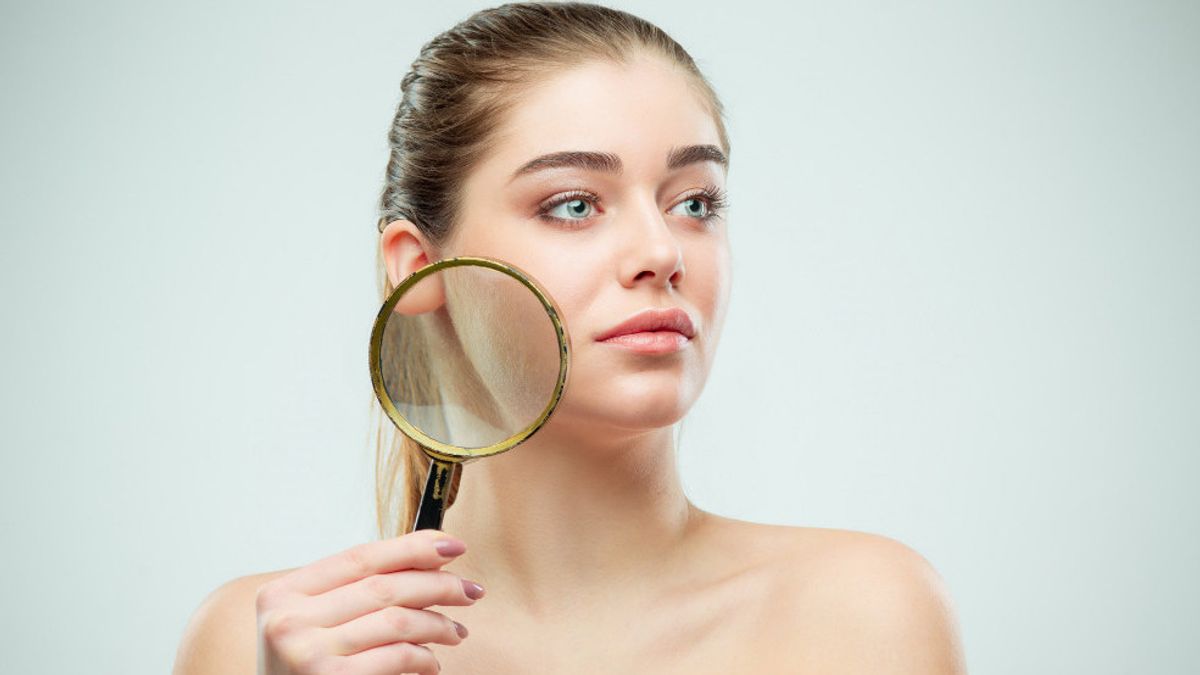YOGYAKARTA Did you know that not all health problems on the facial skin are acne. One of the skin health disorders that is often experienced is rosacea. Both acne and rosacea both interfere with the pores of the skin, especially on the face. Knowing the different acne and rosacea will help you determine what steps to handle to relieve these disorders.
Sometimes the condition of the facial skin that is acne or appears rosacea is vague. The reason is that both of them can cause the condition of the skin to turn red and a lump appears. In order to be able to distinguish, see the difference below.
Reporting from Healthline, acne is a skin disorder caused by blockage of oil glands in the skin, namely the sebasea glands. When the blockage occurs, bacteria will appear and then damage the walls of the glands to spread to the surrounding tissue. This damage then triggers inflammation until acne appears.
In contrast, rosacea is chronic skin inflammation (long term), as reported by AI Care. The appearance of this skin disorder in the form of redness of skin (flushing, bluening), acne appear, and blood vessels in the face area are visible.
The emergence of rosacea is part of a systemic inflammatory immune response or a person's nervous system and blood vessel dysfunction. Rosacea is also related to changes in immunity to the environment that a person has since birth. Rosacea can also be triggered by genetics.
While acne is related to the production of excess oil, the presence of bacteria, and the occurrence of abnormal exfoliation of skin cells.
The age of acne and rosacea is often different. Acne has the potential to be suffered by people aged 12 to 24 years or during menstruation. Meanwhile, the age of people with rosacea is usually experienced by adults aged 30 to 50 years.
Acne can also be experienced by anyone regardless of gender and skin tone. However, common weather is experienced by women and people with bright skin.
Acne and rosacea both have the potential to trigger color changes in the skin. However, changes in skin color in acne disorders only occur around inflammation. While skin color changes in rosacea tend to be wider.
The appearance of acne can occur in several places, it can occur in the face, neck, shoulders, and even back. While rosacea is only in the face and neck area. Even in some cases there are eye areas.
Both in rosacea and acne will appear with different symptoms. The symptoms of rosacea that may arise are swelling in the face area, skin color changes, thickening, burning sensations appear, dry skin, and eye irritation.
Meanwhile, the symptoms of acne appear, such as a commodity appears, the skin changes color (can be red, purple, or brown), itching sensations appear, swelling occurs but does not spread.
That's the difference between acne and rosacea. Visit VOI.id to get other interesting information.
The English, Chinese, Japanese, Arabic, and French versions are automatically generated by the AI. So there may still be inaccuracies in translating, please always see Indonesian as our main language. (system supported by DigitalSiber.id)










